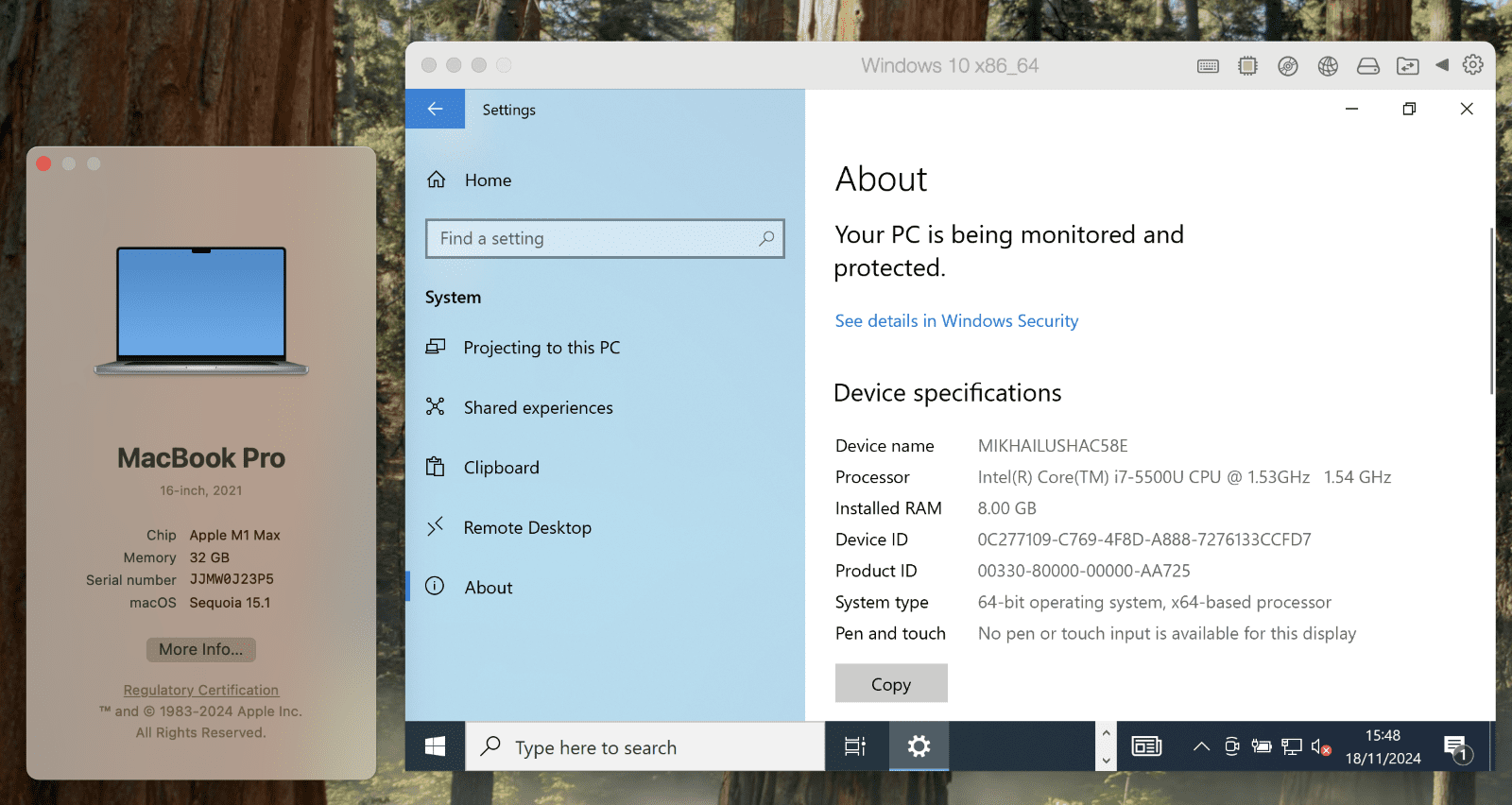Serving tech enthusiasts for over 25 years.
TechSpot means tech analysis and advice you can trust.
In context: Parallels Desktop has long been a popular virtualization solution for Mac users who need to run Windows or Linux alongside macOS. But the transition to Apple's own ARM-based silicon created some compatibility hurdles. Parallels previously brought Windows 11 support to the M1 and later chips, but it was limited to the ARM version rather than the more common x86 releases.
That changed last week with Parallels Desktop 20.2, which adds preliminary x86 emulation so you can fire up 64-bit versions of Windows 10, Windows 11, and Windows Server, and select Linux distros on your Apple Silicon Mac. You can also create new Windows 10 21H2 and Windows Server 2022 virtual machines if needed.
The new update is a big deal for those who've been stuck using incompatible apps or outdated software because the Arm versions of Windows or Linux didn't fit their needs. Developers can now test against x86 environments, IT admins can "natively" run programs such as Active Directory, and regular users have access to a wider range of apps and games.

That said, there are still some important limitations to be aware of.
Firstly, because it's an early release, performance is going to be pretty sluggish compared to native Apple Silicon or running on Intel hardware. Parallels warns that boot times will be 2-7 minutes and overall responsiveness will be "low" since all those x86 instructions have to be translated on the fly.
There are some other missing features too, like no USB device support, no nested virtualization for things like WSL2 on Windows, and no access to Parallels' optimized hypervisor tech.
You're also limited to 64-bit operating systems for now, with no support for 32-bit operating systems or older releases like Windows 7.
Finally, since this is a technology preview, the feature is hidden from the average user. If you wish to try it out, you will have to enable it by right-clicking a "Not Compatible" VM and selecting "Start using Emulator." You can also access it via Parallels' Command-Line Interface utility.








 English (US) ·
English (US) ·